Enzo Ferrari Museum by Future Systems

The Enzo Ferrari Museum is a bold building that marks the end of two eras. On the one hand it effectively fossilises a structure that is as dear to any auto aficionado as the Vatican is to a devout Catholic; the original office and workshop of one Enzo Ferrari. This architectural reliquary is achieved with the construction of another milestone, the final building by Future Systems.
Jan Kaplicky's pioneering practice never really achieved the technological revolution it promised. When Kaplicky died in 2009, the monographs full of ambitious space age concepts remained on the page, with only a few signature buildings - Birmingham's Selfridges, the Lords Media Centre - to show for it. It was left to Kaplicky's former partner, Amanda Levete, to deftly take the sleekly futuristic and commercially viable elements of Kaplicky's obsessions and absorb them into her own highly accomplished designs and practice.
This final Kaplicky work, won in competition way back in 2004, is the Enzo Ferrari Museum in Modena, €18 million of highly polished auto nostalgia. Described as a 'bonnet', finished in yellow aluminium in homage to Modena's city colours, the same yellow chosen by Ferrari as the background colour to the Prancing Horse badge, the curved roof has vents inspired by the air intakes of his famous sports cars.
Born in 1898, Ferrari made his name as a racing team manager in the inter-war years - principally for Alfa Romeo - before eventually emerging as a full-fledged manufacturer in his own right in 1947. The new museum structure reaches around the original house like an 'open hand', its glass façade reflecting the traditional architecture of the restored offices, now serving as a gallery space.
In the display space beneath the soaring bonnet roof is a collection of significant cars - not just limited to Ferraris - tracing Enzo Ferrari's career from the early twentieth century onwards. After Kaplicky's death, the construction and detailing was skillfully managed by Andrea Morgante, formerly at Future Systems but now at Shiro Studio.
Opened in March 2012, the new museum will become an instant place of pilgrimage for Ferrari's faithful global congregation. But rather than take a one-dimensional view of the company's own output, the exhibits are a welcome overview of the great interwar motor-racing era and its evolution into the road and race cars of the post-war period - the era that Ferrari himself has come to define.

The museum's glass façade reflects the original buildings
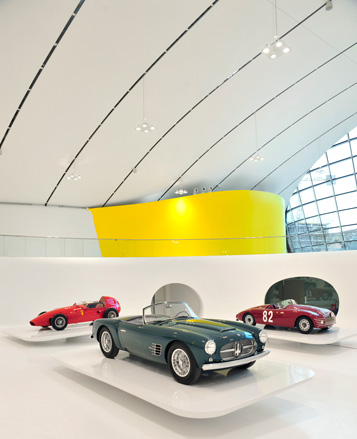
Inside the new building, from left to right: Stanguellini Junior racing car, dating from the late 1960s; Maserati A6G/54 2000 Spider, 1955, with an engine derived from Maserati's racing cars and bodywork by Zagato (this particular car was commissioned by Argentina's Juan Peron); and a Stanguellini 1100 Barchetta Ala d'Oro
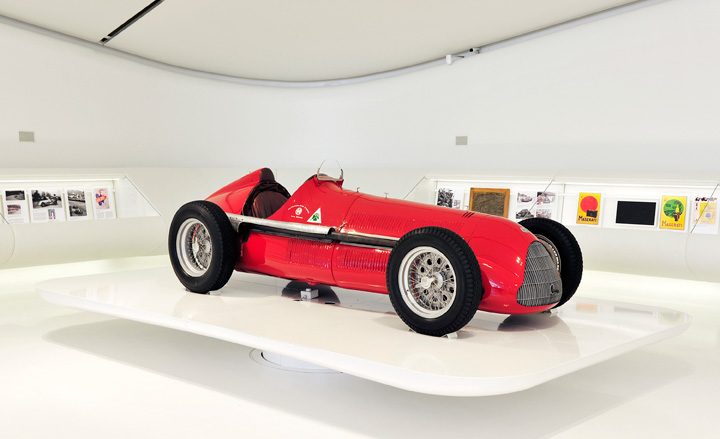
Alfa Romeo 158 Alfetta, an iconic post-war racing car
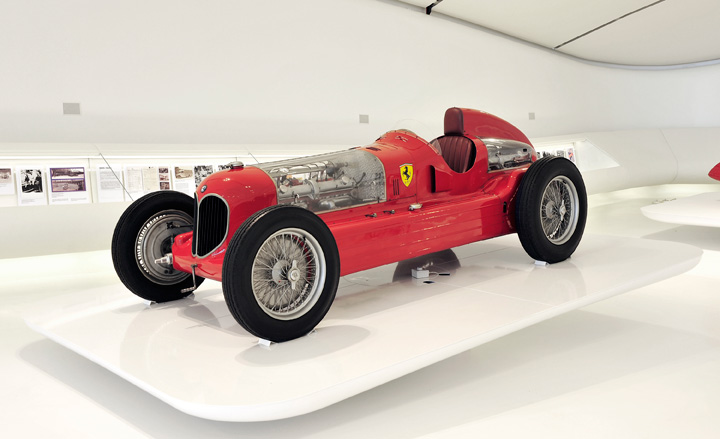
Alfa Romeo Bimotore. Often dubbed 'the first Ferrari', this twin-engined racer was developed by Enzo Ferrari whilst at Alfa Romeo in 1935 and became the first car to wear the Prancing Horse logo
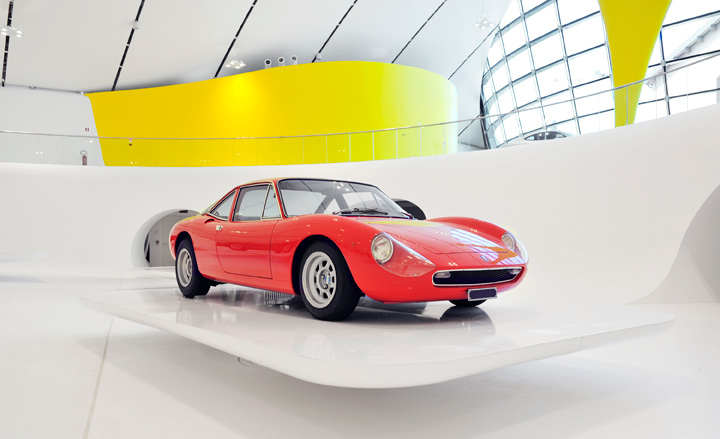
De Tomaso Vallelunga, 1965. Ultra rare mid-engined road car from Ferrari's rival De Tomaso
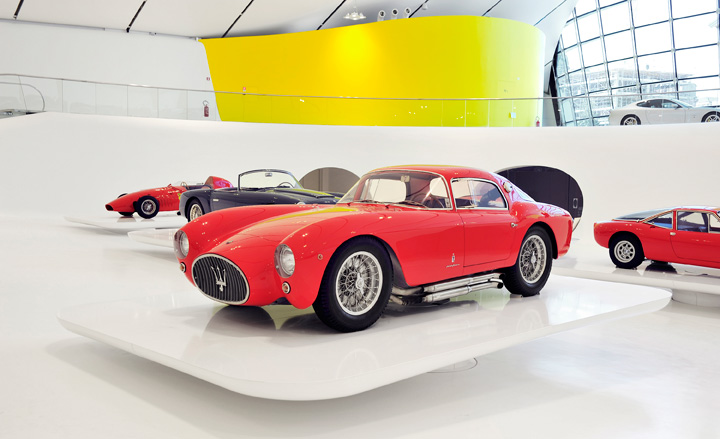
Maserati A6GCS Berlinetta Pininfarina. Another Ferrari rival, bodied by Pininfarina and developed for racing in the Mille Miglia in 1954
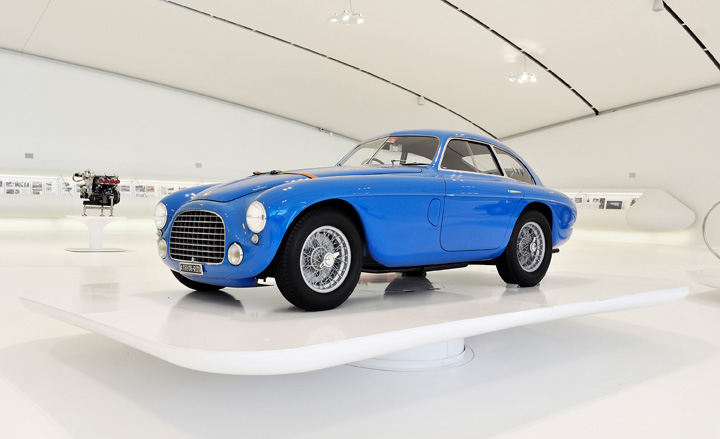
Ferrari 166 MM Coupé, 1948. A coupé version of Ferrari's second model, the 166
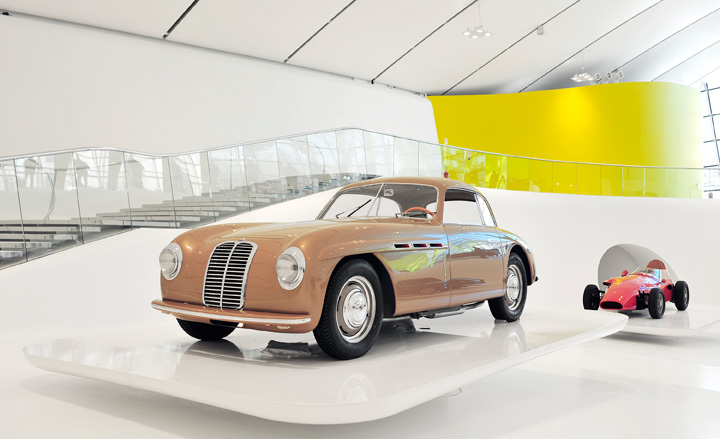
Maserati A6 1500 Pininfarina. Introduced in 1946, this was the first road-going Maserati
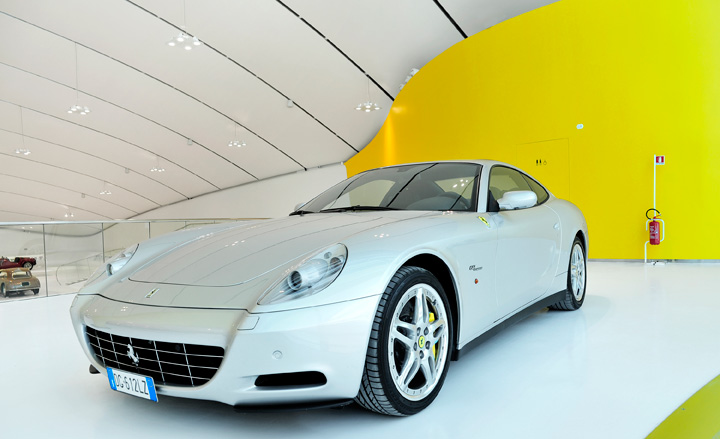
The 612 Scaglietti was introduced in 2004 and has now been replaced by the Ferrari FF
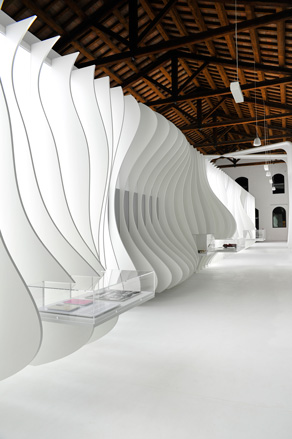
The interior of the renovated original office
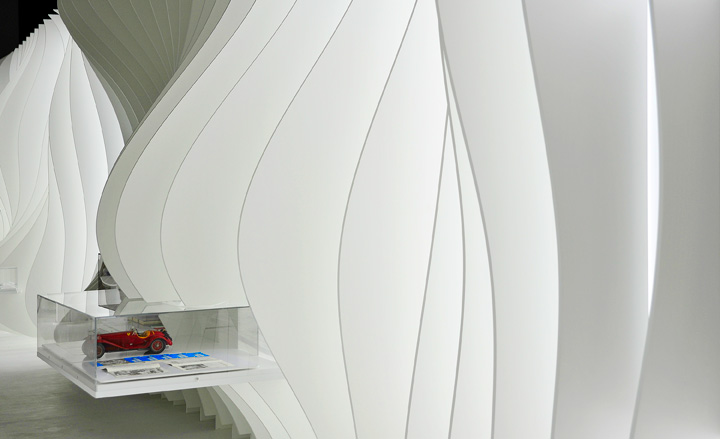
A series of undulating display cabinets house an exhibition of archive material
ADDRESS
Via Paolo Ferrari 85
41123 Modena
Receive our daily digest of inspiration, escapism and design stories from around the world direct to your inbox.
Jonathan Bell has written for Wallpaper* magazine since 1999, covering everything from architecture and transport design to books, tech and graphic design. He is now the magazine’s Transport and Technology Editor. Jonathan has written and edited 15 books, including Concept Car Design, 21st Century House, and The New Modern House. He is also the host of Wallpaper’s first podcast.
-
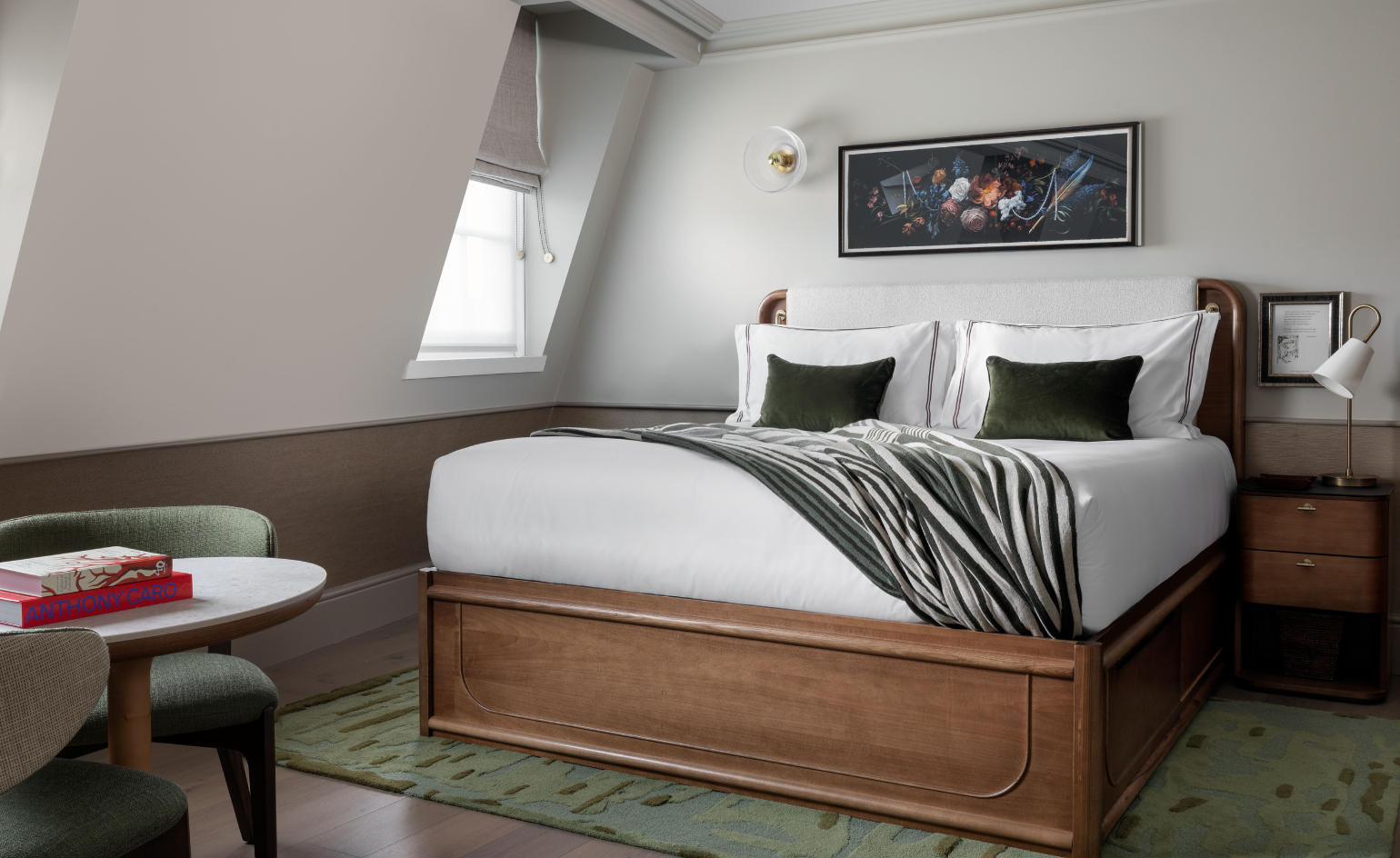 Montcalm Mayfair opens a new chapter for a once-overlooked London hotel
Montcalm Mayfair opens a new chapter for a once-overlooked London hotelA thoughtful reinvention brings craftsmanship, character and an unexpected sense of warmth to a London hotel that was never previously on the radar
-
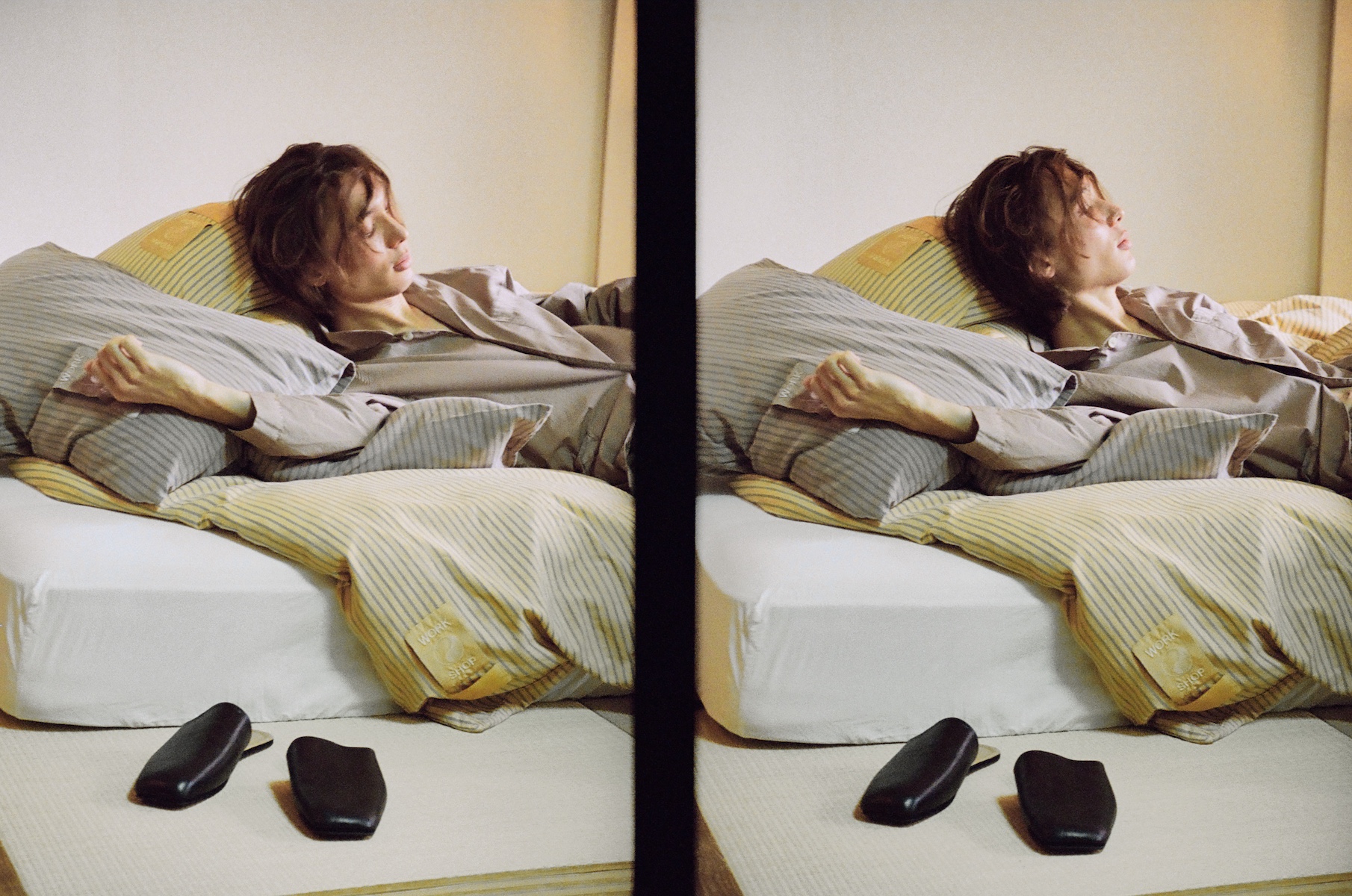 Magniberg’s latest bedwear collaboration with Our Legacy is beautifully sun-faded and lived-in
Magniberg’s latest bedwear collaboration with Our Legacy is beautifully sun-faded and lived-inColoured using dyes derived from plants and minerals, the new bedding sets and pyjamas are meant to evoke the feeling of ‘a well-worn band T-shirt or your favourite vintage sweatshirt’, says Our Legacy co-founder Jockum Hallin
-
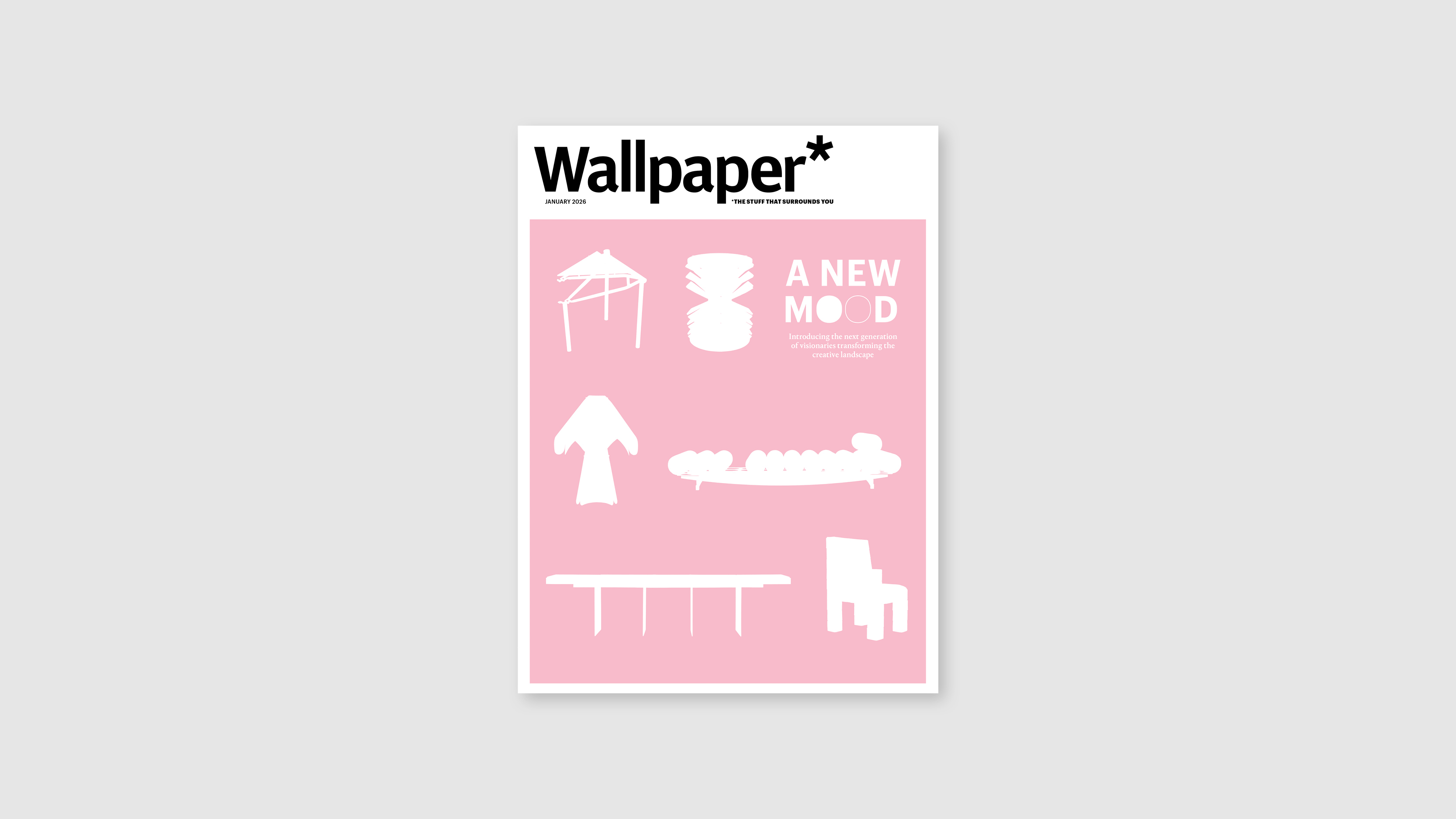 Meet the Next Generation of creative stars to know in January Wallpaper*, out now
Meet the Next Generation of creative stars to know in January Wallpaper*, out nowFrom young designers, artists and architects about to make the world a better place to emerging cultural hotspots for your radar – discover a new dawn in Wallpaper* January 2026, on newsstands
-
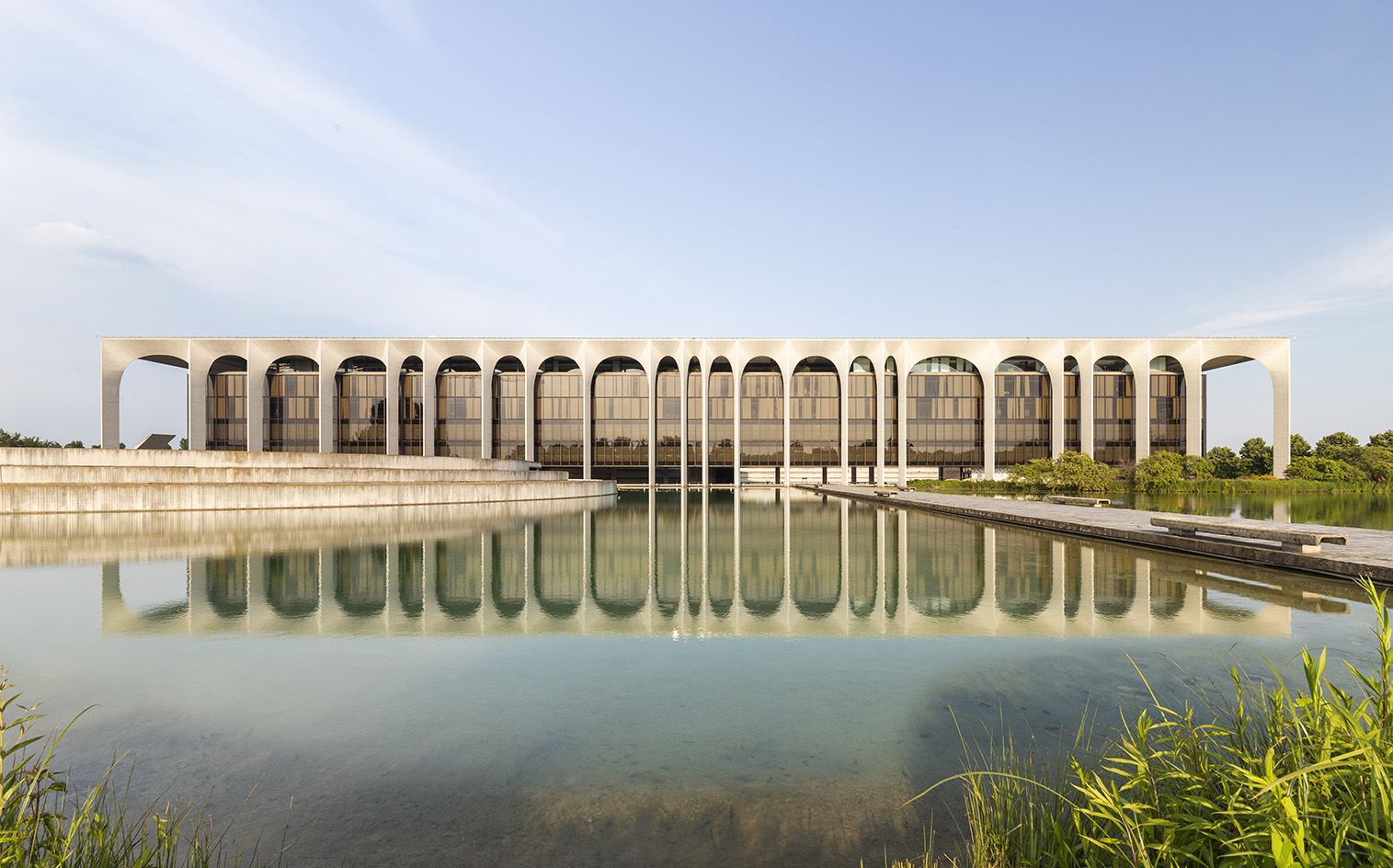 Modernist Palazzo Mondadori’s workspace gets a playful Carlo Ratti refresh
Modernist Palazzo Mondadori’s workspace gets a playful Carlo Ratti refreshArchitect Carlo Ratti reimagines the offices in Palazzo Mondadori, the seminal work by Brazilian master Oscar Niemeyer in Milan
-
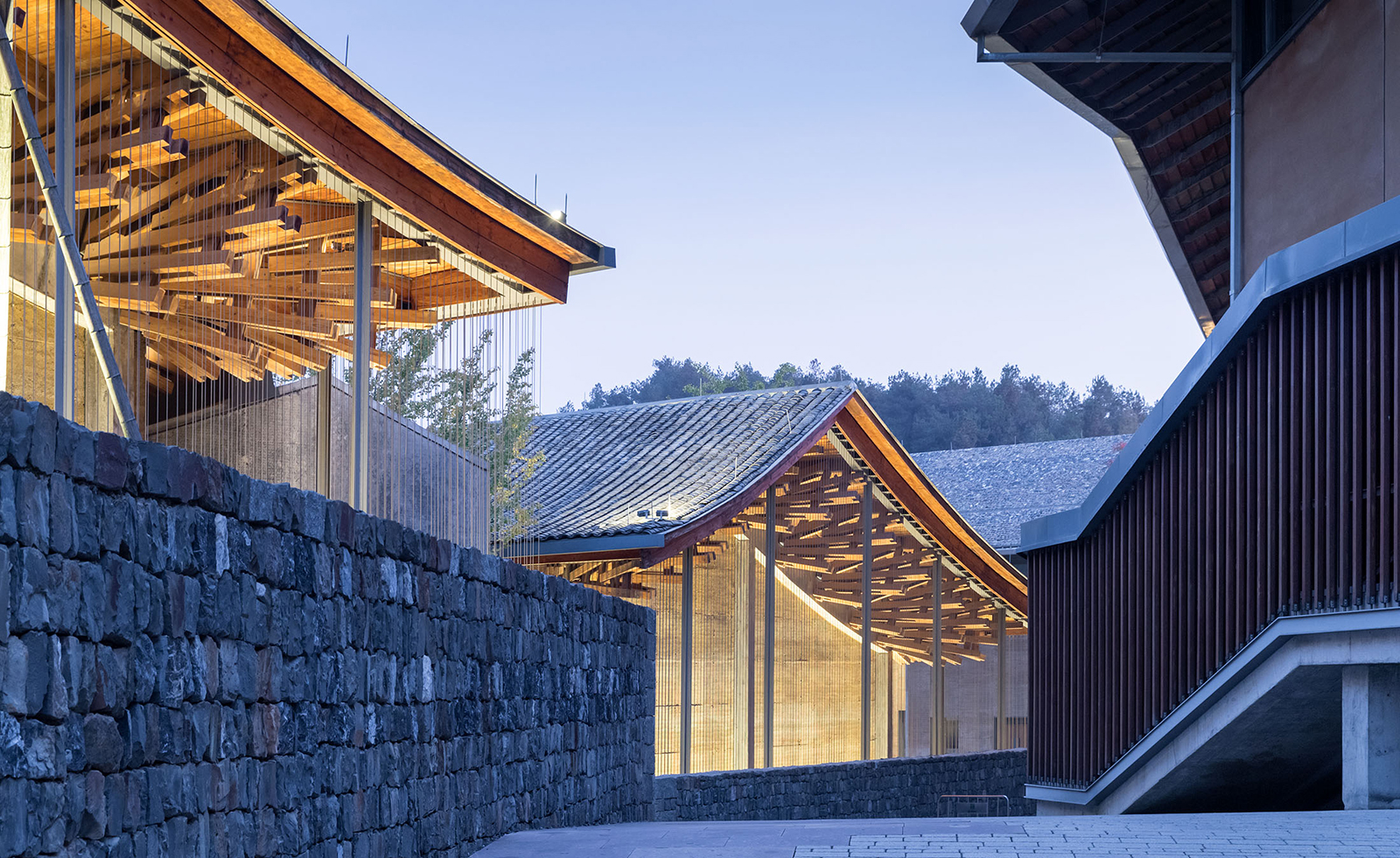 Wang Shu and Lu Wenyu to curate the 2027 Venice Architecture Biennale
Wang Shu and Lu Wenyu to curate the 2027 Venice Architecture BiennaleChinese architects Wang Shu and Lu Wenyu have been revealed as the curators of the 2027 Venice Architecture Biennale
-
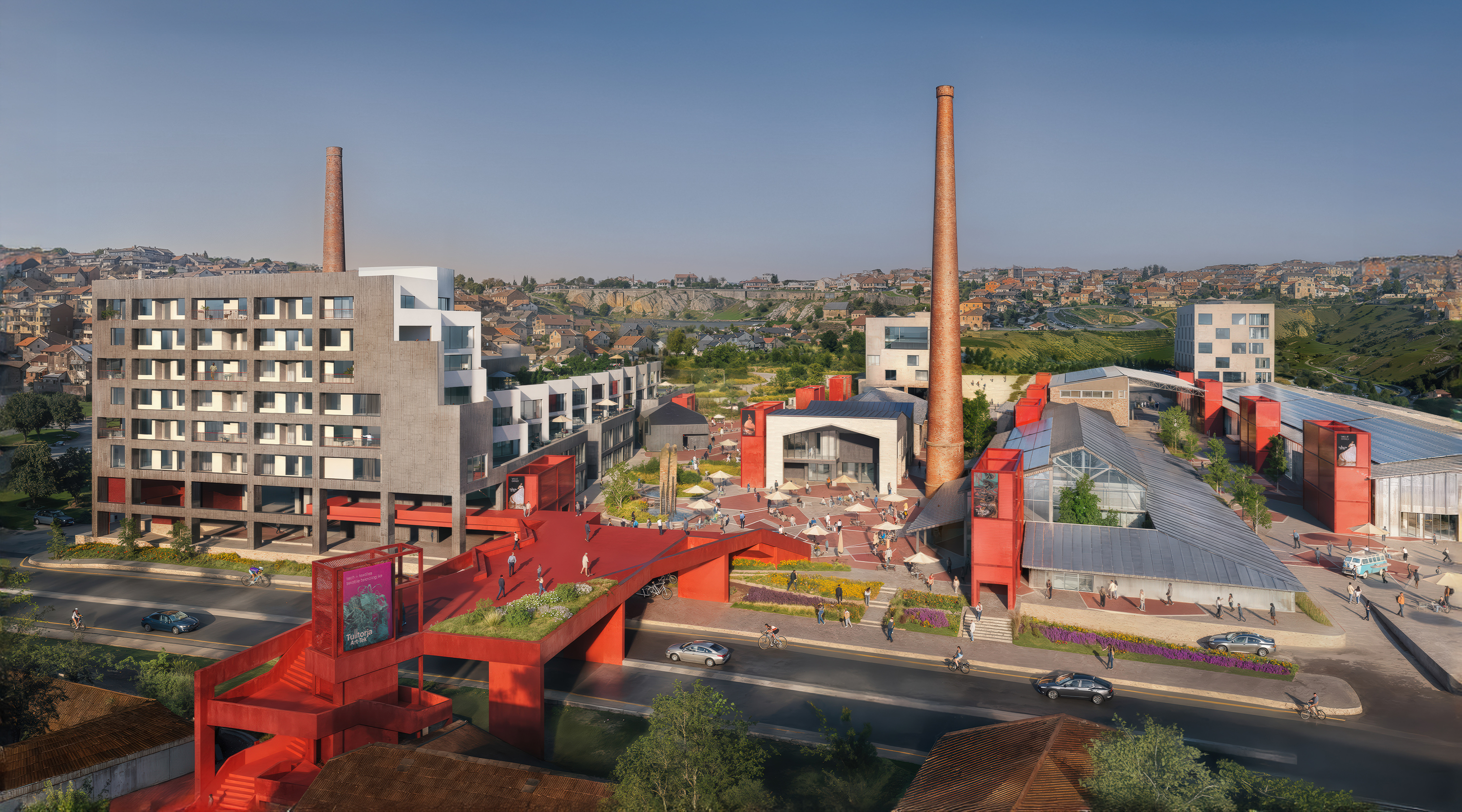 At the Holcim Foundation Forum and its Grand Prizes, sustainability is both urgent and hopeful
At the Holcim Foundation Forum and its Grand Prizes, sustainability is both urgent and hopefulThe Holcim Foundation Forum just took place in Venice, culminating in the announcement of the organisation's Grand Prizes, the projects especially honoured among 20 previously announced winning designs
-
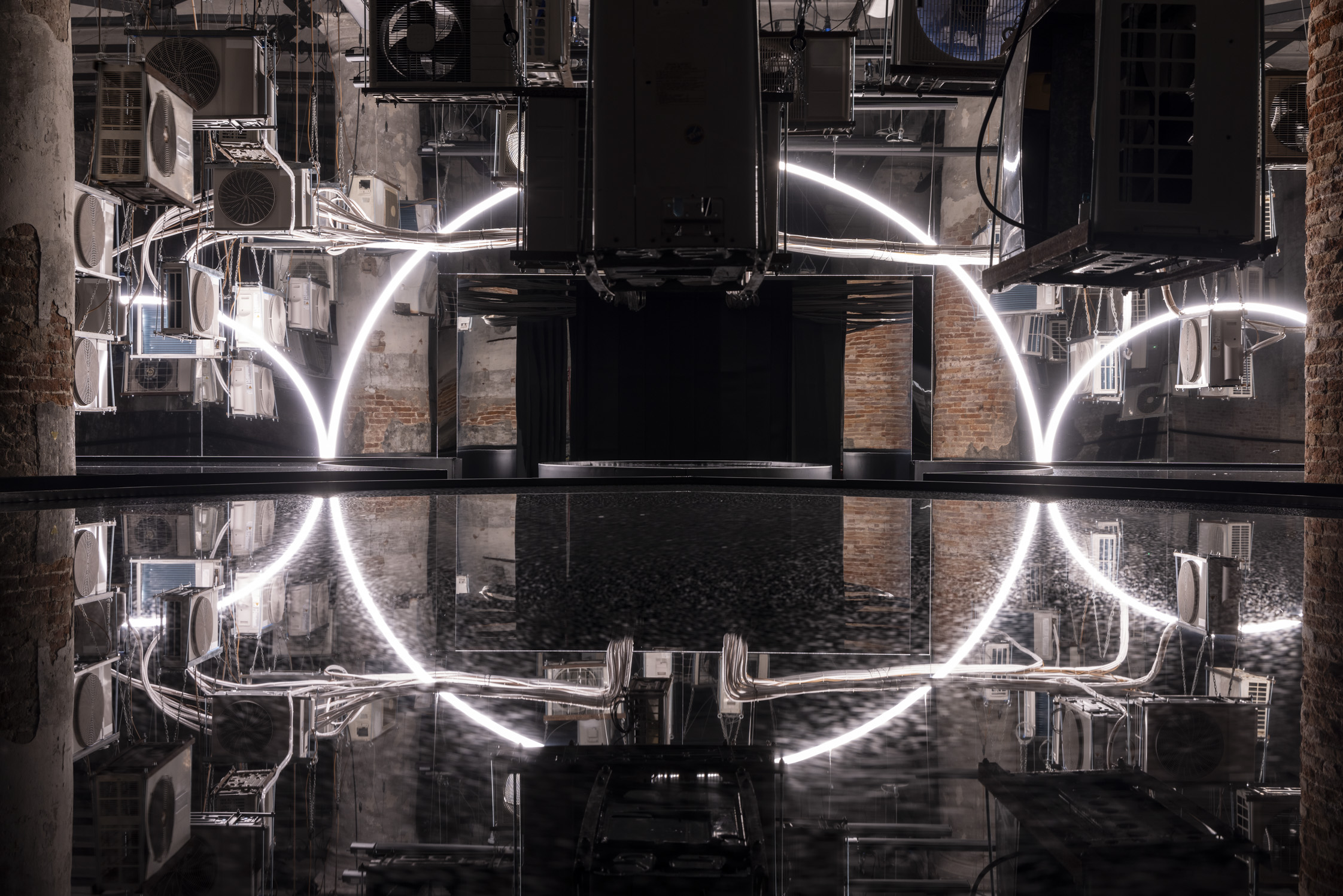 Carlo Ratti reflects on his bold Venice Architecture Biennale as it closes this weekend
Carlo Ratti reflects on his bold Venice Architecture Biennale as it closes this weekendThe Venice Architecture Biennale opens with excitement and fanfare every two years; as the 2025 edition draws to a close, we take stock with its curator Carlo Ratti and ask him, what next?
-
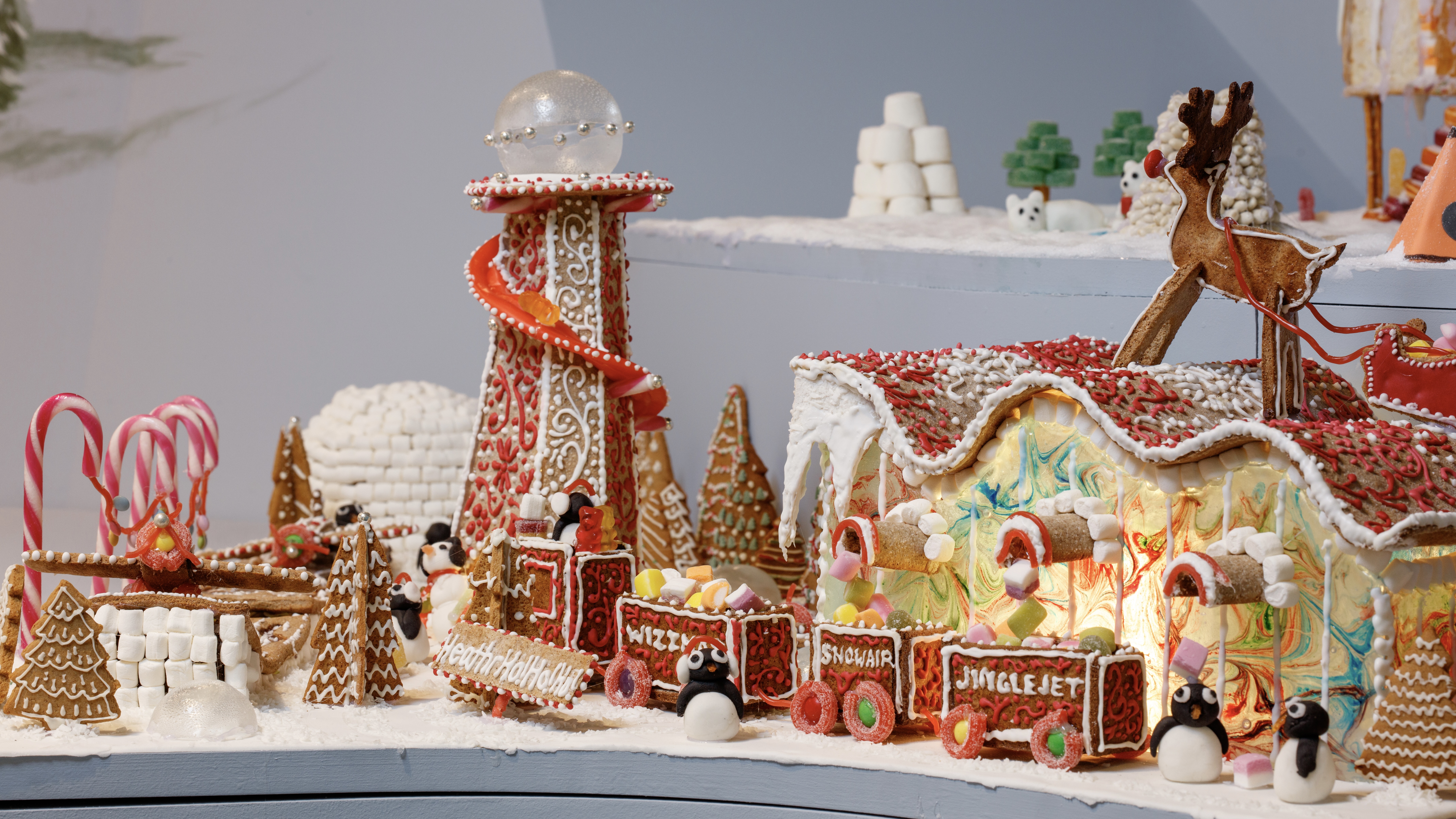 Welcome to The Gingerbread City – a baked metropolis exploring the idea of urban ‘play’
Welcome to The Gingerbread City – a baked metropolis exploring the idea of urban ‘play’The Museum of Architecture’s annual exhibition challenges professionals to construct an imaginary, interactive city entirely out of gingerbread
-
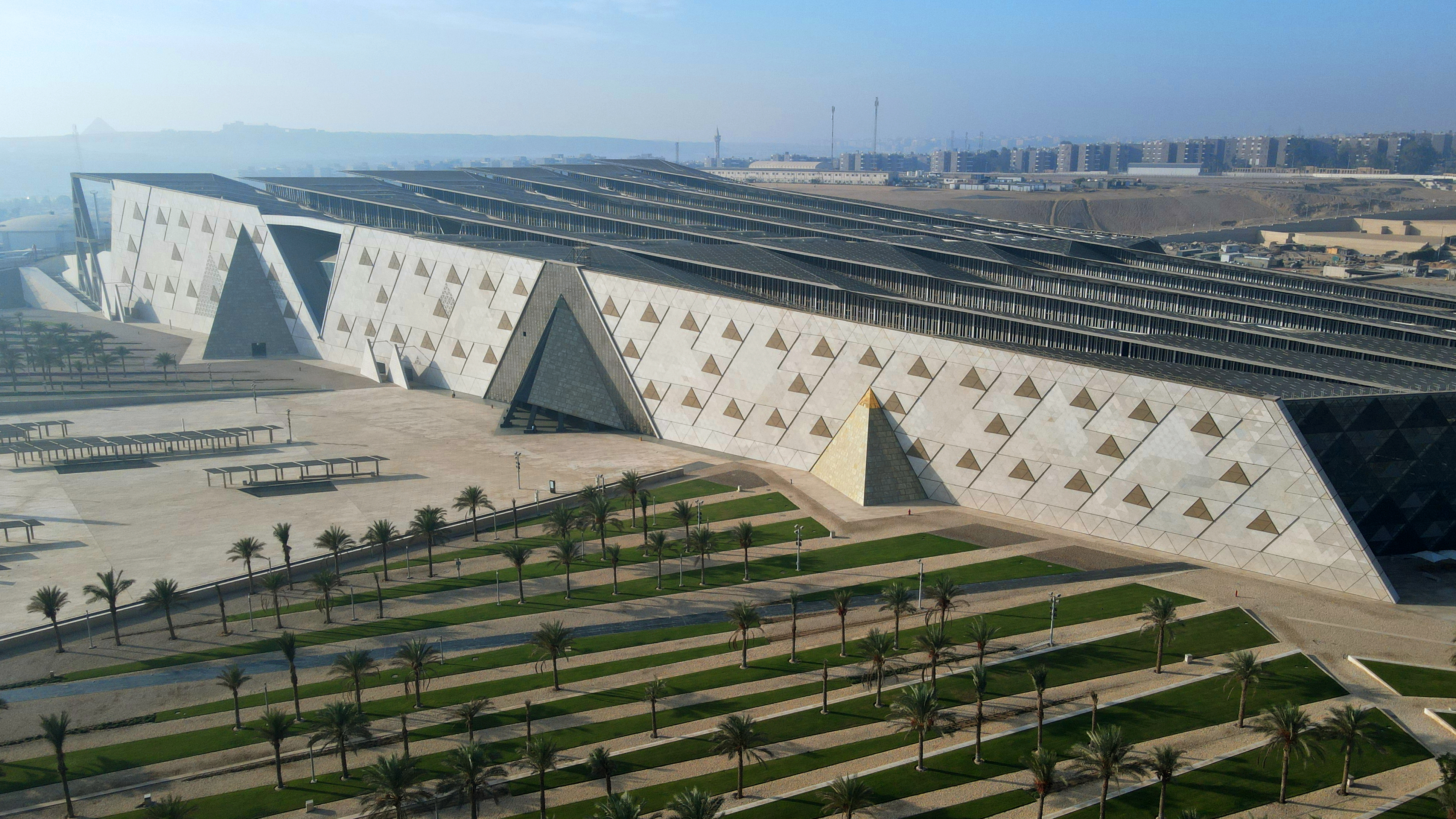 The Grand Egyptian Museum – a monumental tribute to one of humanity’s most captivating civilisations – is now complete
The Grand Egyptian Museum – a monumental tribute to one of humanity’s most captivating civilisations – is now completeDesigned by Heneghan Peng Architects, the museum stands as an architectural link between past and present on the timeless sands of Giza
-
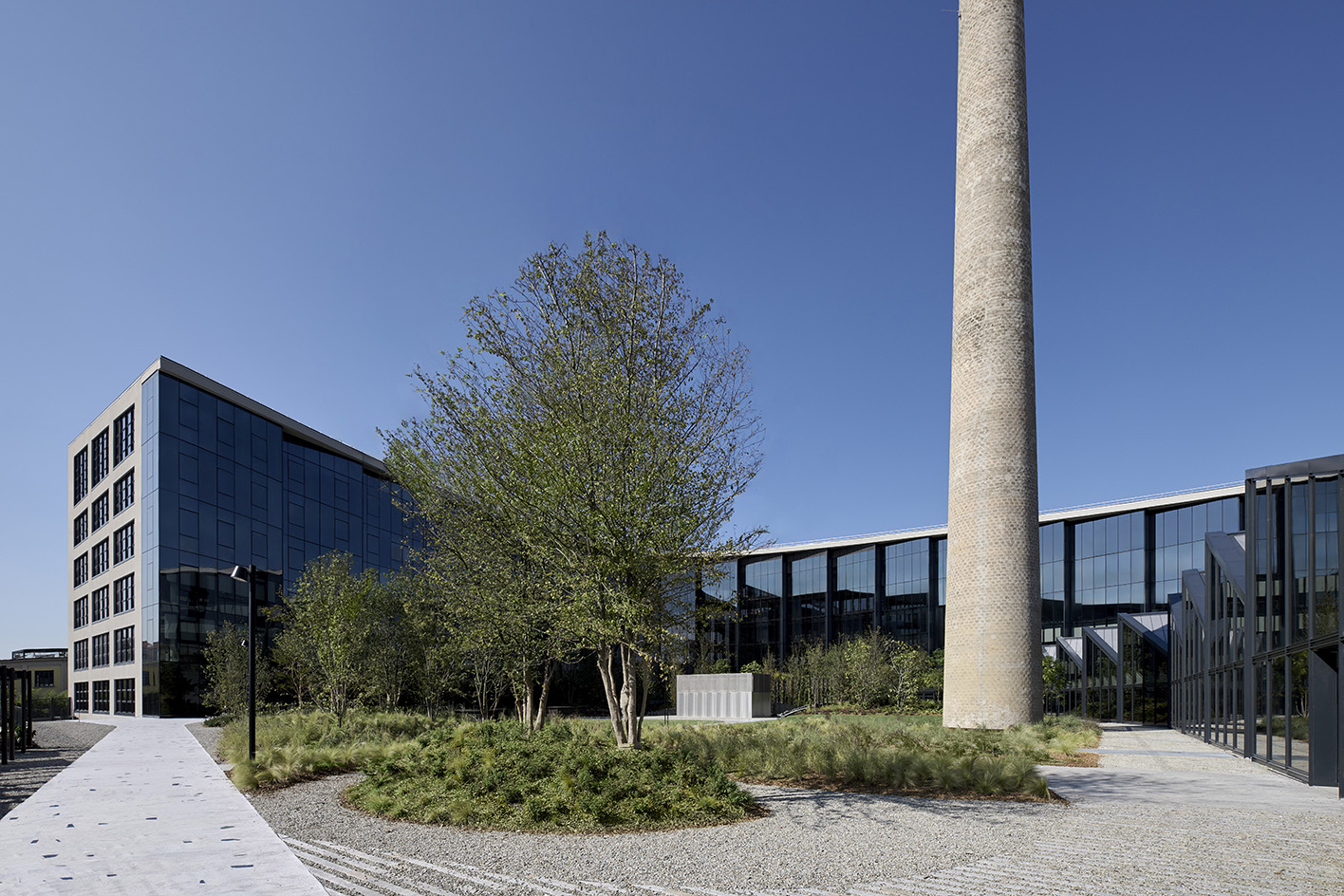 Step inside Casa Moncler, the brand’s sustainable and highly creative Milanese HQ
Step inside Casa Moncler, the brand’s sustainable and highly creative Milanese HQCasa Moncler opens its doors in a masterfully reimagined Milanese industrial site, blending modern minimalism and heritage, courtesy of ACPV Architects Antonio Citterio Patricia Viel
-
 Aldo Frattini Bivouac is a mountain shelter, but not as you know it
Aldo Frattini Bivouac is a mountain shelter, but not as you know itA new mountain shelter on the northern Italian pre-Alp region of Val Seriana, Aldo Frattini Bivouac is an experimental and aesthetically rich, compact piece of architecture